Carrying on from Part 1 of my time in Cairo, I visited these in the afternoon although I could have spent so much more time at them especially the Egyptian Museum. I planned to come back to Cairo before heading to the Red Sea or Jordan and wanted to go back to the museum, that didn’t happen so you’ll need to read about that in my later blogs about my time in Egypt.
Saladin Citadel of Cairo / Citadel of Cairo
Built by the famous Saladin as a fortification in the 12th Century to guard it from the Crusaders and added to but two primary additions by An-Nasir Muhammad in the 14th century and Muhammad Ali in the 19th century. I didn’t have much time here, a real pity, and I was wearing shorts so couldn’t go into the Mohammad Ali Mosque. The Citadel covers a vast area and has seen the changing of Cairo as a city and landscape over the past century with it perched from a perfect vantage point. Saladin build aqueducts throughout the Citadel which can still be seen dotted around the city and left to the elements, such a shame. I only found out about the aqueducts from my driver and he pointed some of them out to me, I couldn’t get a picture as we were driving but you can see some of them in the distance from many viewpoints in the Citadel.
Mohammed Ali Mosque / Alabaster Mosque
No matter where you are in the Citadel or most of Cairo for that matter the mosque dominates the area. It has a 10 000 capacity and up close it doesn’t seem as big, it is still huge but from a distance the hill it is located on accentuates its size. Completed in the mid-19th Century it is a tribute to his son Tusun Pasha (tomb in the City of the Dead) with a lot of the stone used to build it coming from Khafre’s pyramid and other stones from the Giza Plateau – the pyramids and other archaeological buildings have been robbed across the centuries to build other buildings, even the smallest of houses.
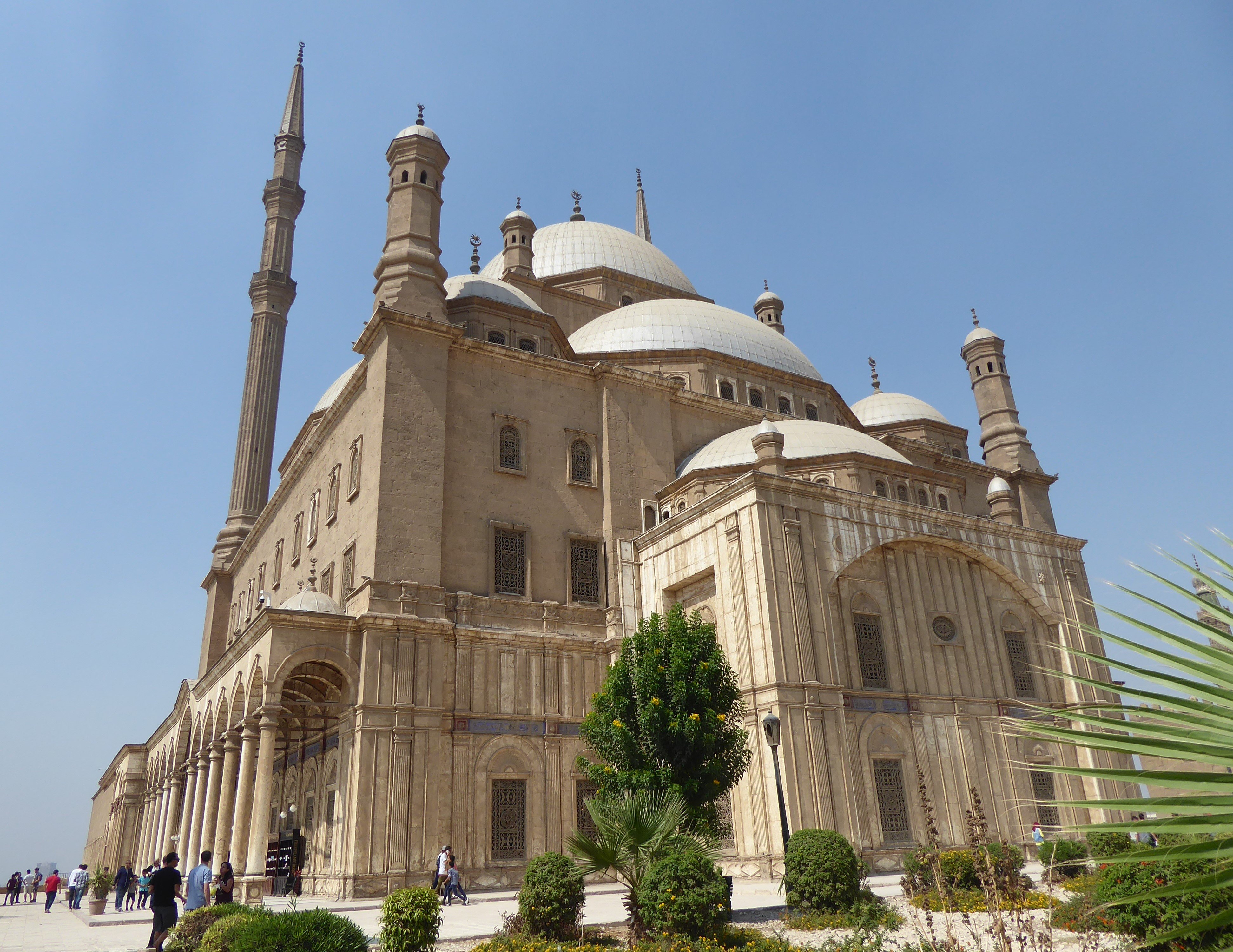
The courtyard (sahn) is covered in alabaster and is a stunning enclosed area giving a feeling of solace with the cool stone underfoot (no shoes allowed) a welcome and soothing feeling. Some restoration work was going on with the clock tower and the central piece (I don’t know what it is called) which I was glad to see because it is definitely a place to conserve for generations to come.
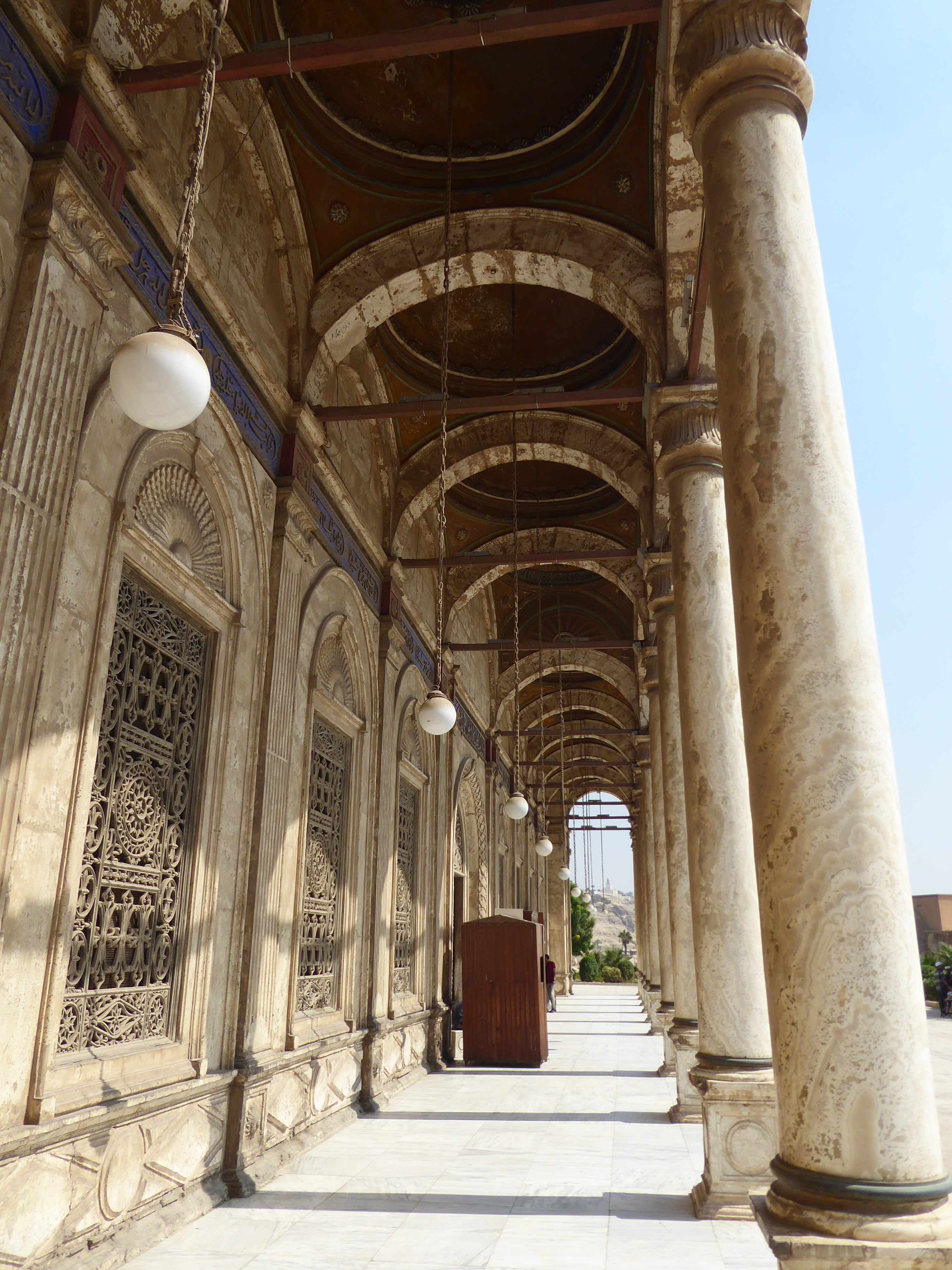
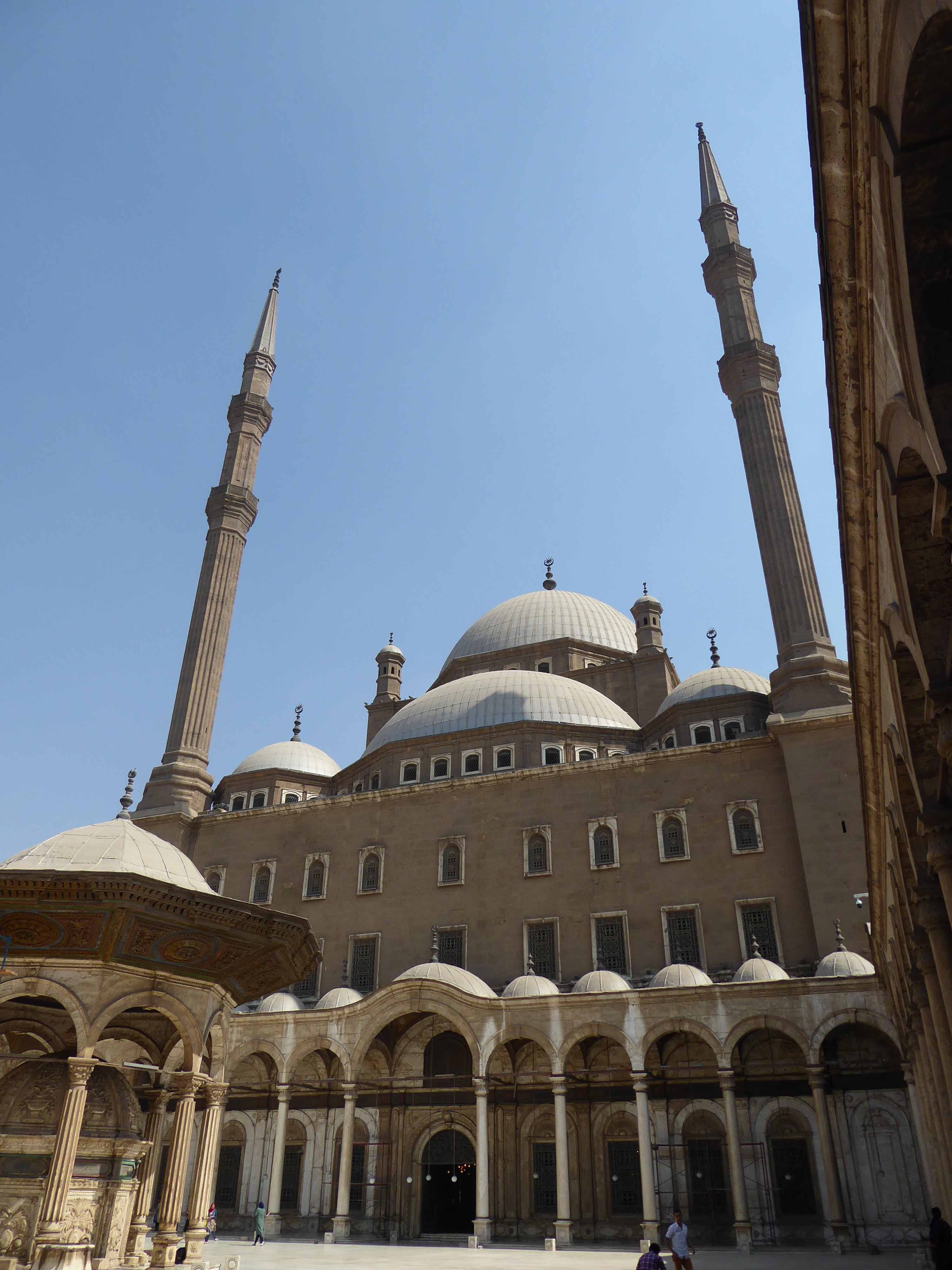
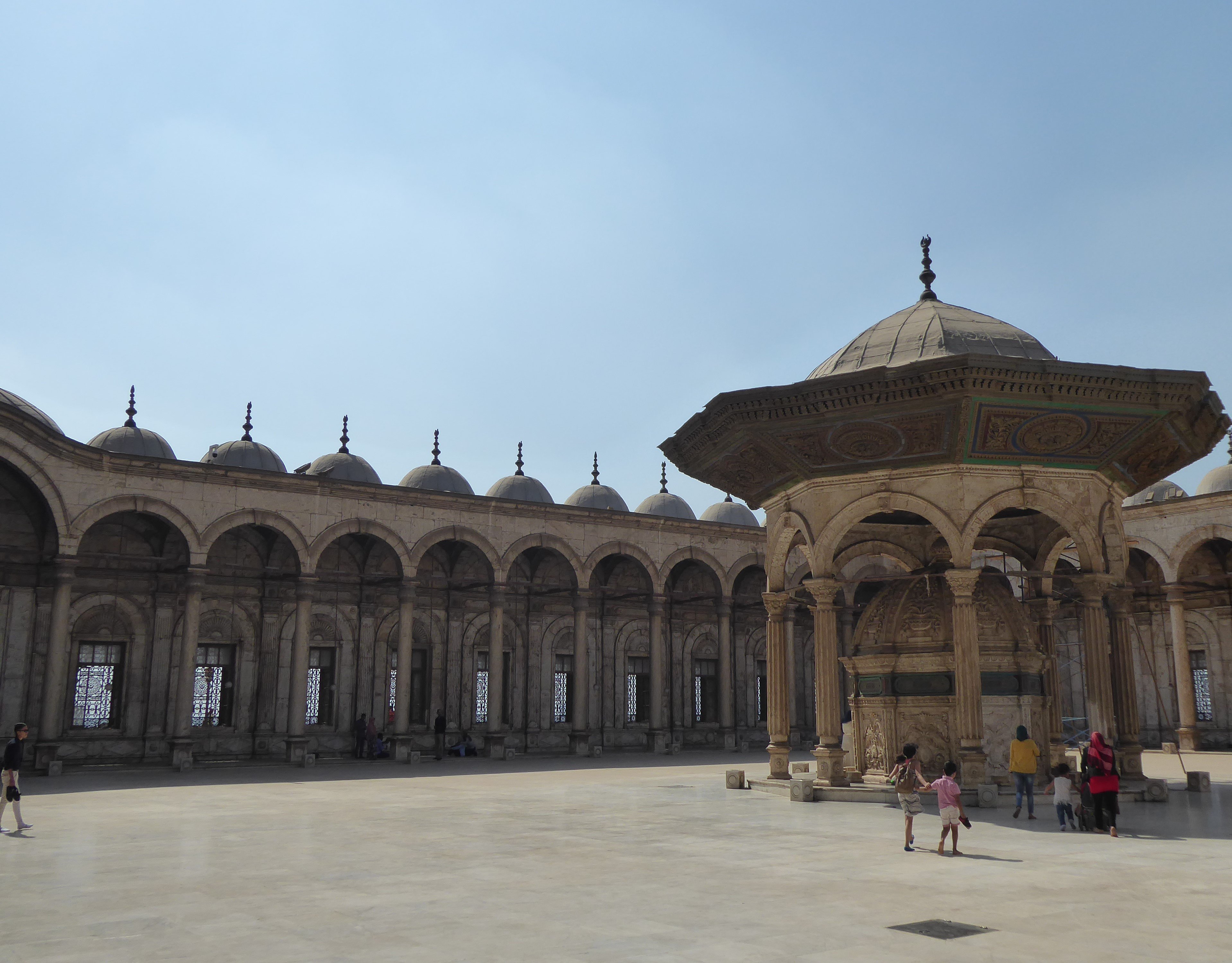

Al-Nasir Muhammad Mosque / Sultan al-Nasir Muhammad ibn Qala’un Mosque
Built in the 14th Century and I was sorry to see it in a bit of a neglected state considering the work going on at the Mohammad Ali mosque. Still an enchanting mosque with the interior circumference constructed mostly of wood I suppose it is in good condition. It may not look as big as its newer neighbour just over the road but that’s in part because it doesn’t have a roof. It consists of square and inwards from there is a covered wide corridor creating a large open square/courtyard in the middle. The decoration of the mihrab which indicates the direction of the Kaaba in Mecca and the minbar (pulpit) are exquisite and strikingly understated.
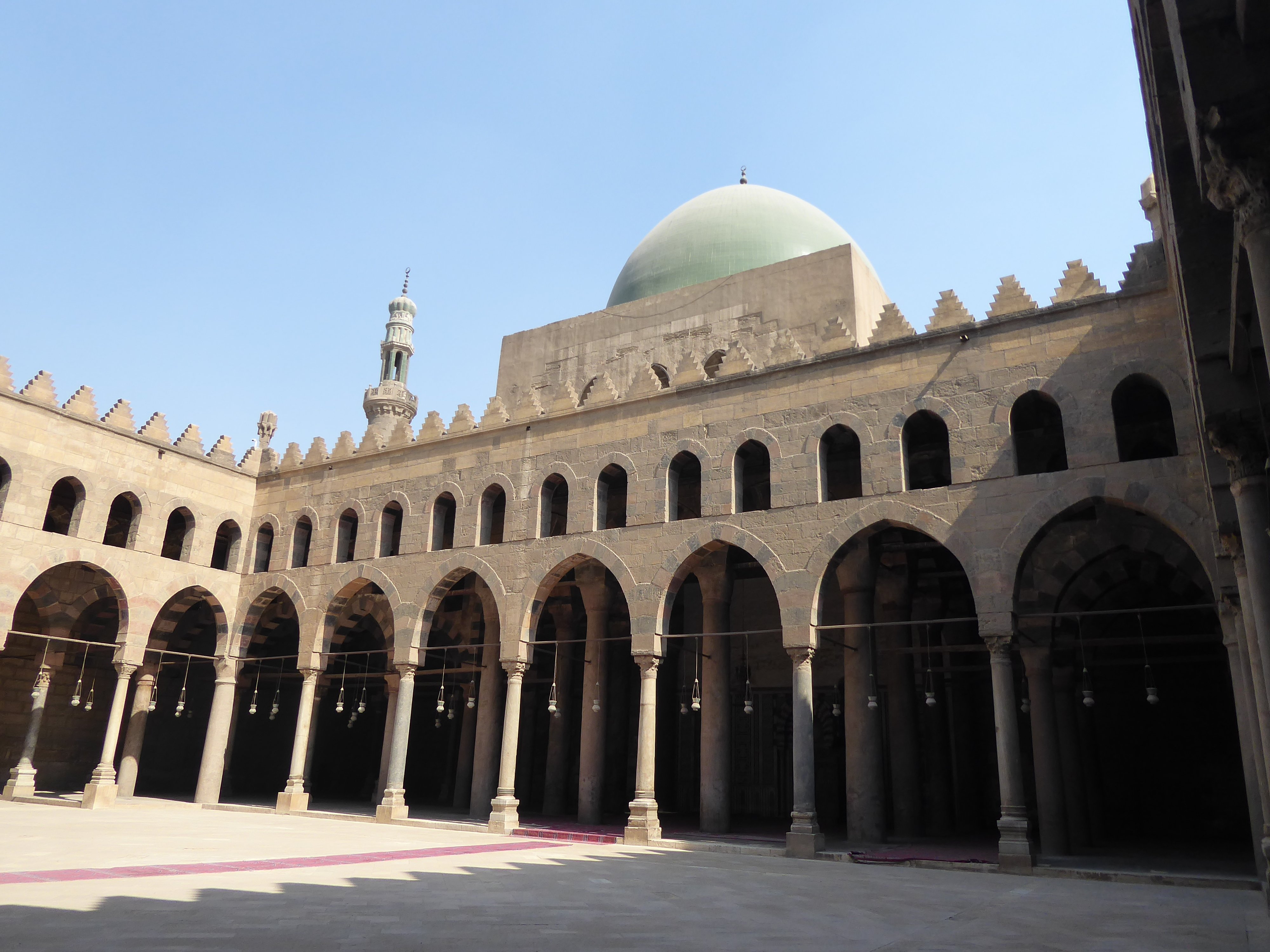
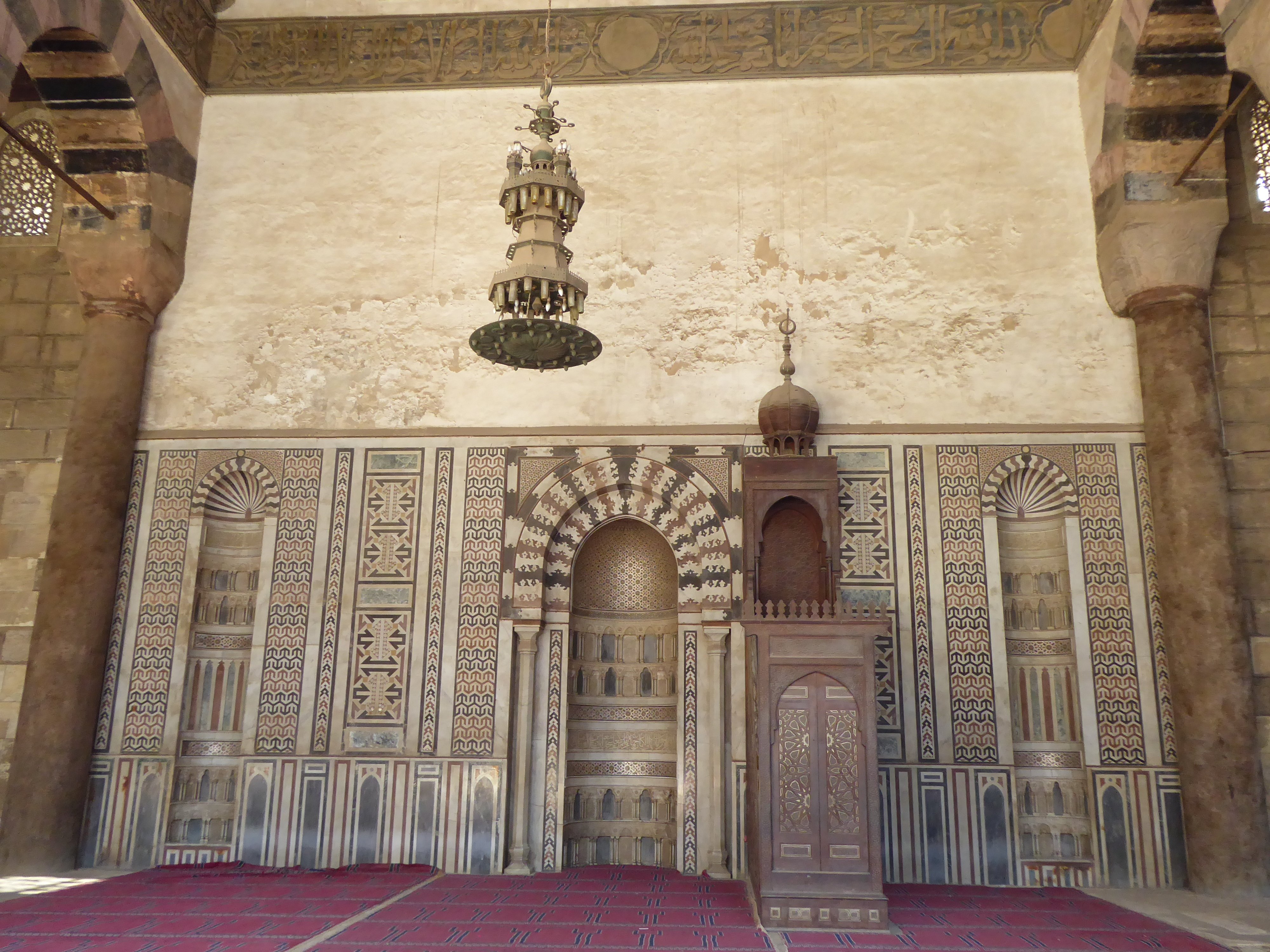
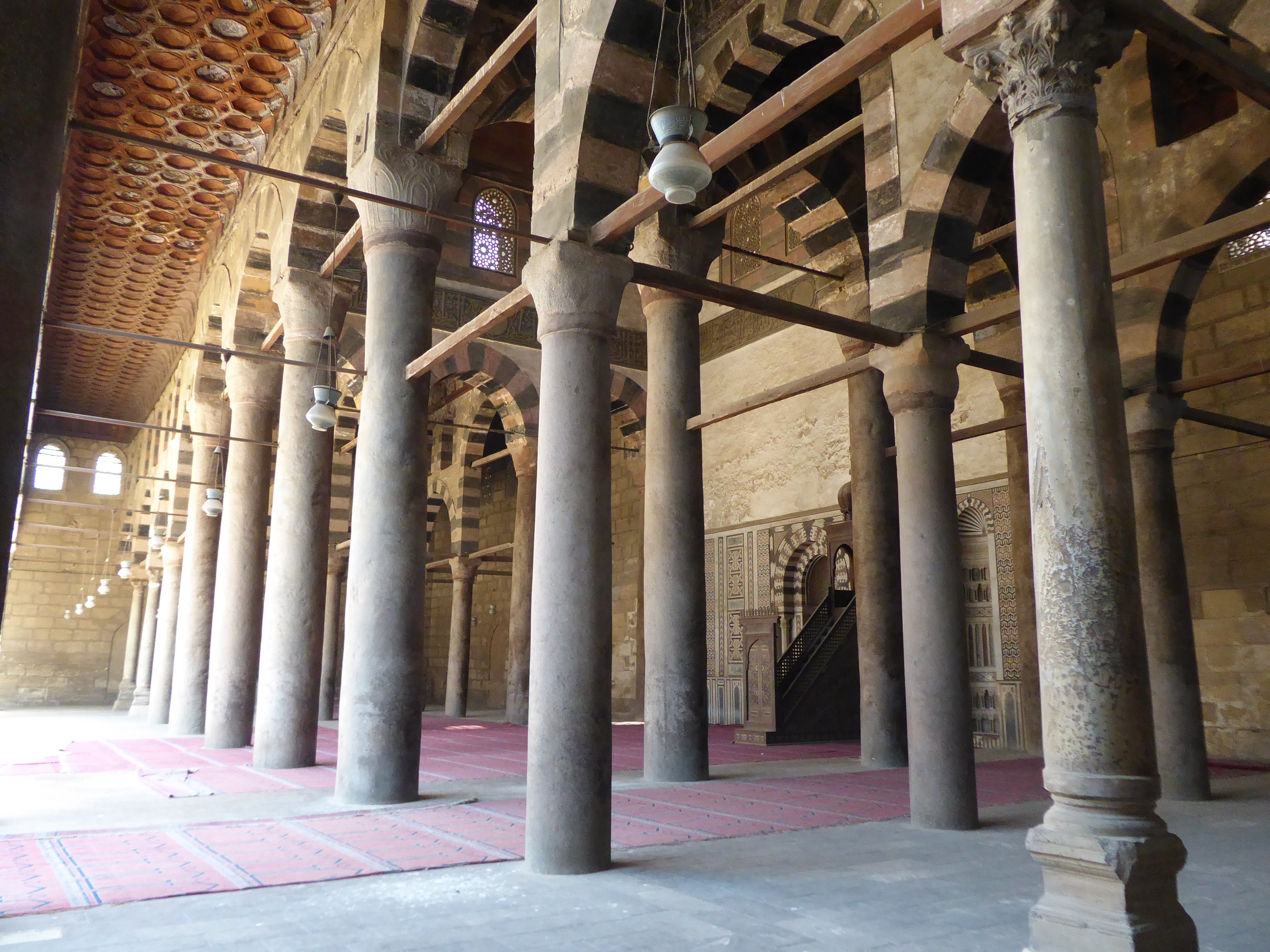
Egyptian Museum
To be fair to the museum it is very old and a new one has been built which from the exterior looks modern, large and fit for the 21st century. The famous and now old museum is not fit for purpose in every respect; outside there are many sarcophaguses and inside the displays are stacked into every inch! The signage is old and some out of date and that’s those which have signage – there is no audio guide. Lots of the displays are covered in plastic and boxed ready to be moved and I hope that the current display cabinets are thrown into a fire; old wood cabinets now falling apart and do no justice to the items whatsoever, like displaying diamonds in a dusty glass and wooden case. All that said, what they have on display is in abundance and a sensory overload! Mummies, sarcophaguses, pottery, stone sculptures, reliefs, tomb offerings and burial belongings where ever your eyes look! I only spent 4 hours there and was so frustrated and in awe with what I saw, it is impossible to describe, it covers thousands of years and if this is what is on display who knows what else they have in the bowls of the museum. I read and was told you can’t take any pictures inside the museum but when I got there you can pay an additional LE50 (I think) to take photo’s – I left my camera in the taxi which no doubt added to my frustration – so I had to use my phone.
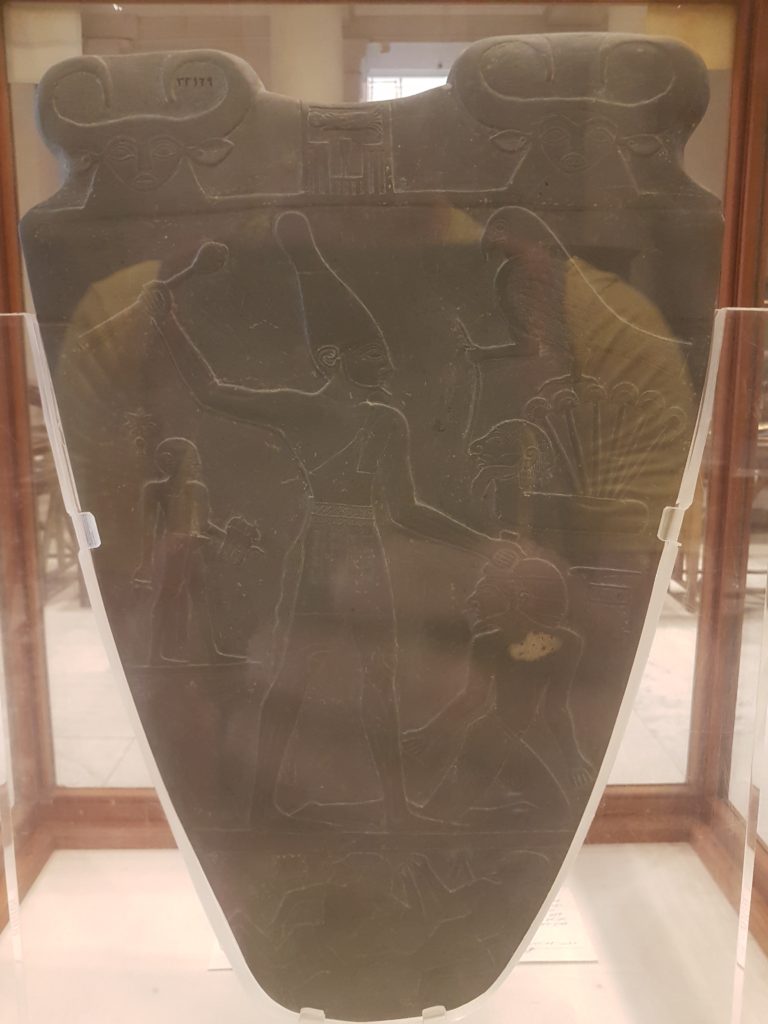
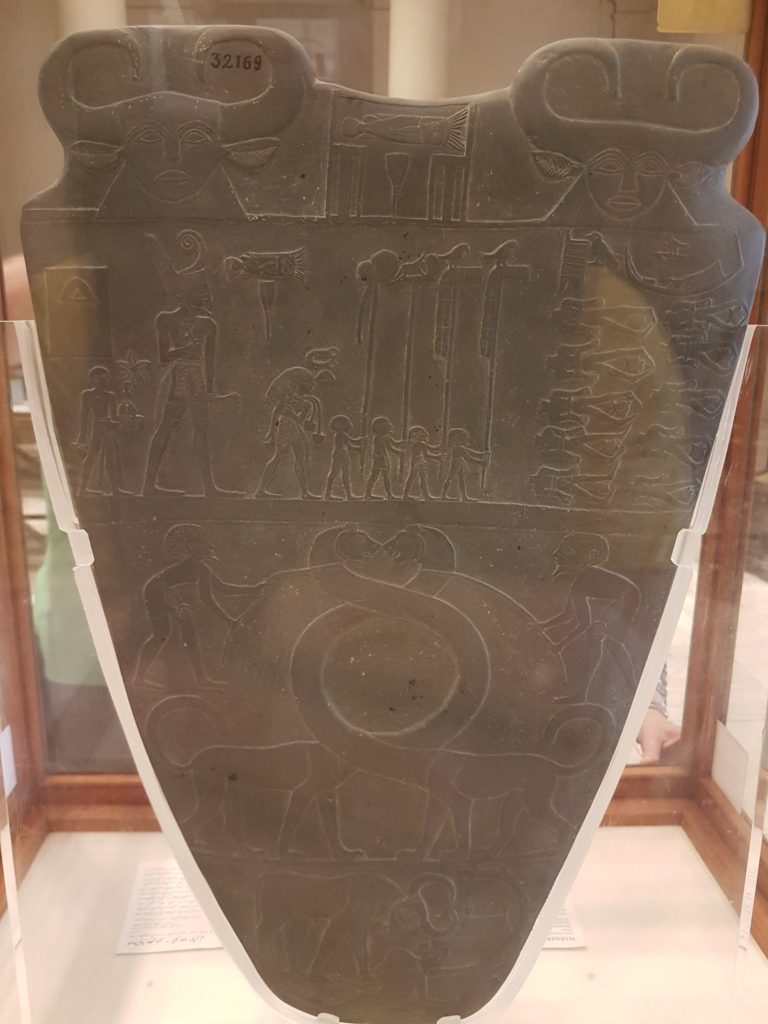
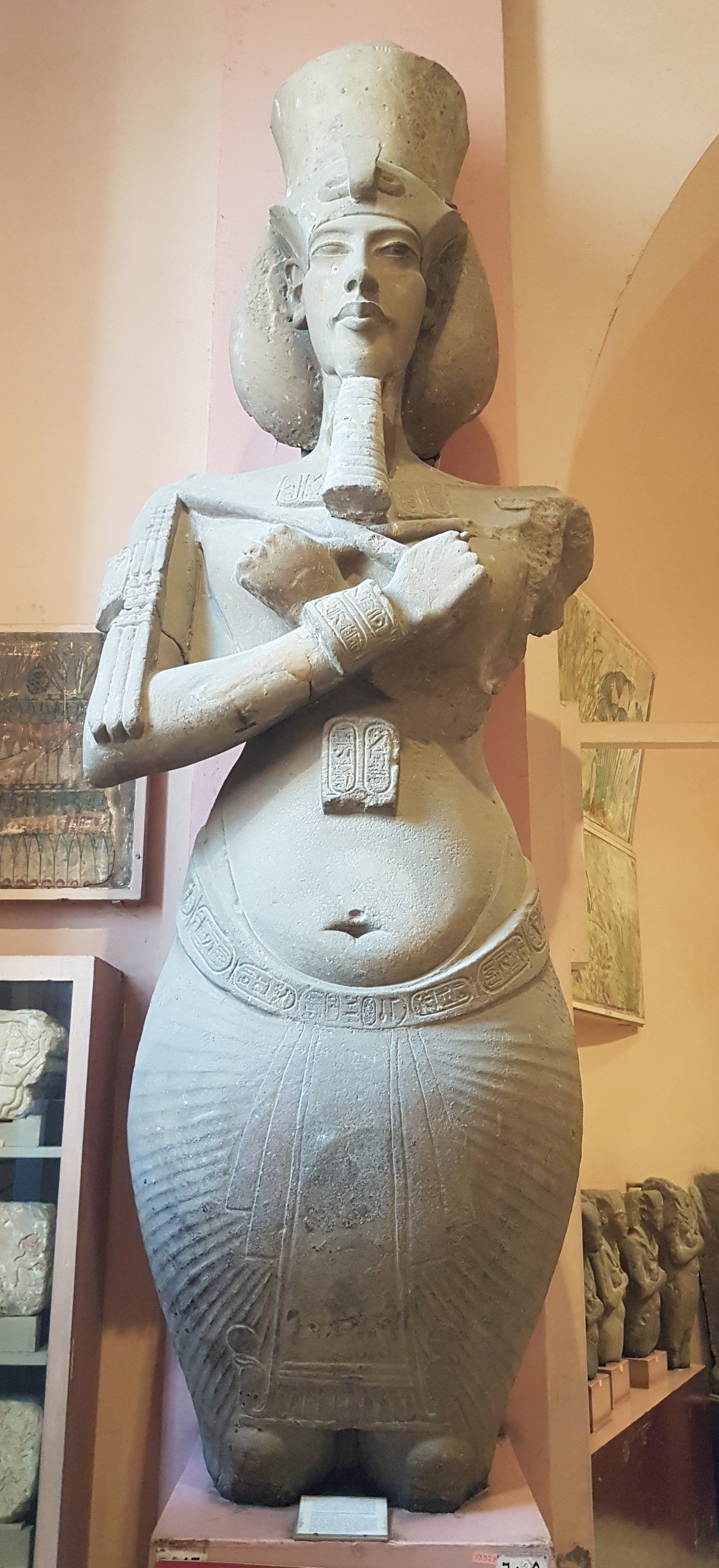
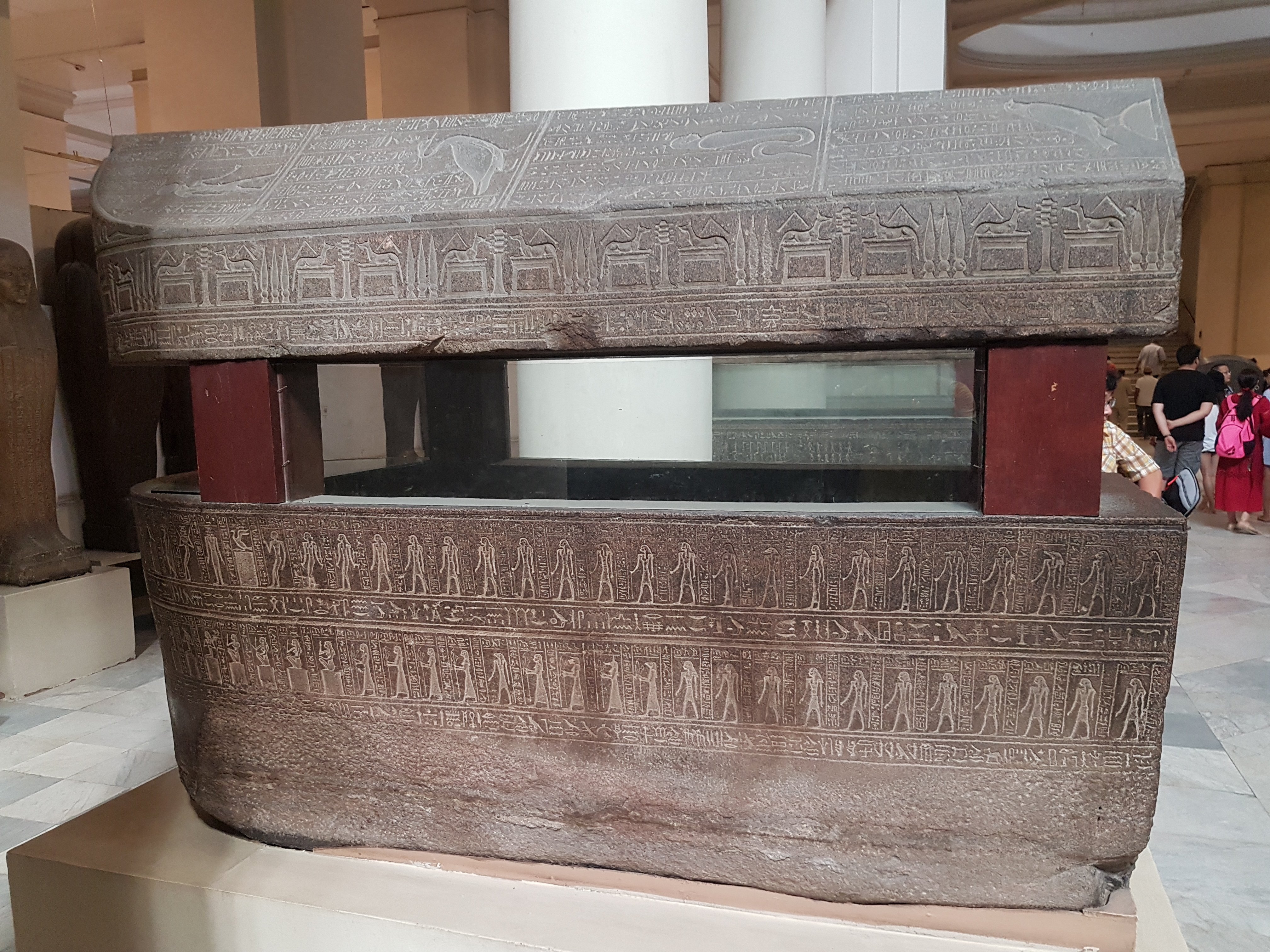
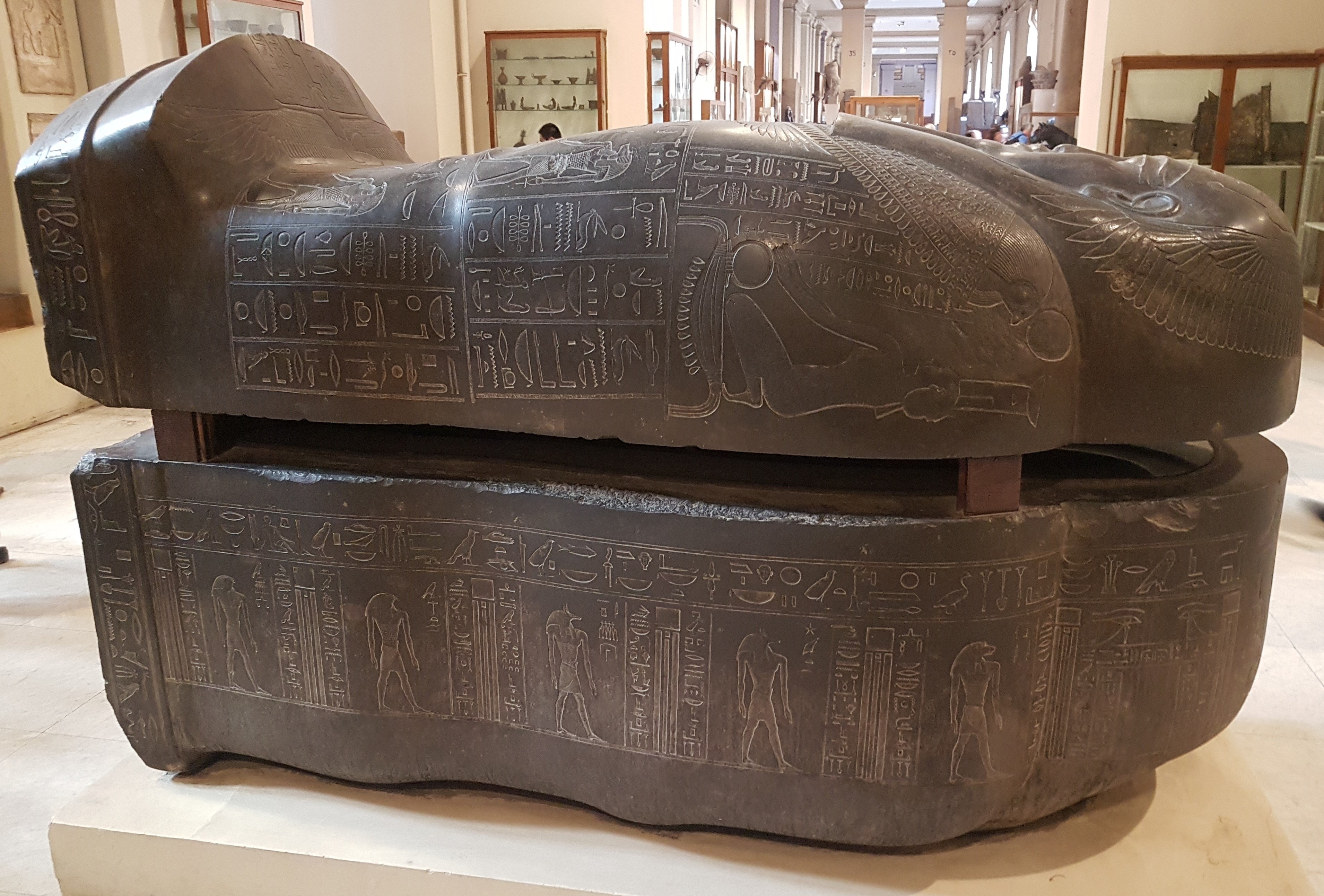
With the move imminent a lot was closed, packed or covered but I would go back at the drop of a hat, my criticism though about the displays even though they are moving are almost as antiquated as the items they showcase ?. Some of the highlights Tutankhamun, Akhenaten, the abundance of stele, stone statues, basalt carved sarcophaguses, mummies…I liked everything!!! The only place you cannot take photos is the main Tutankhamun displaying the mask, sarcophagus and funerary jewellery and the display of the royal mummies other than that you have carte blanche.

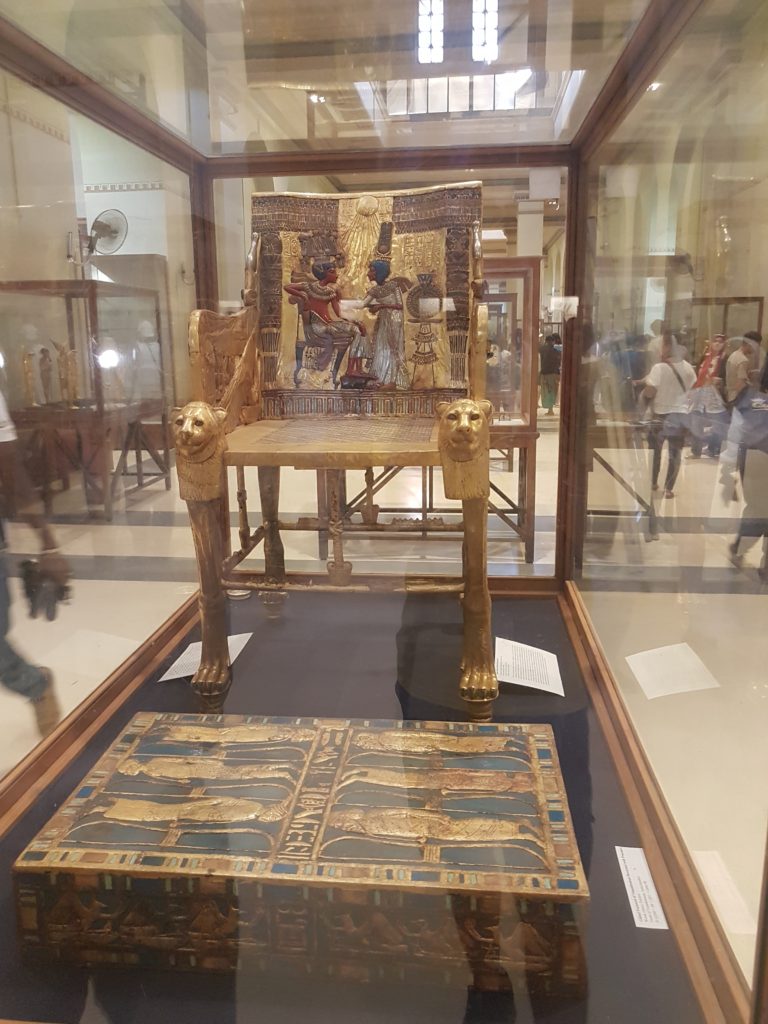


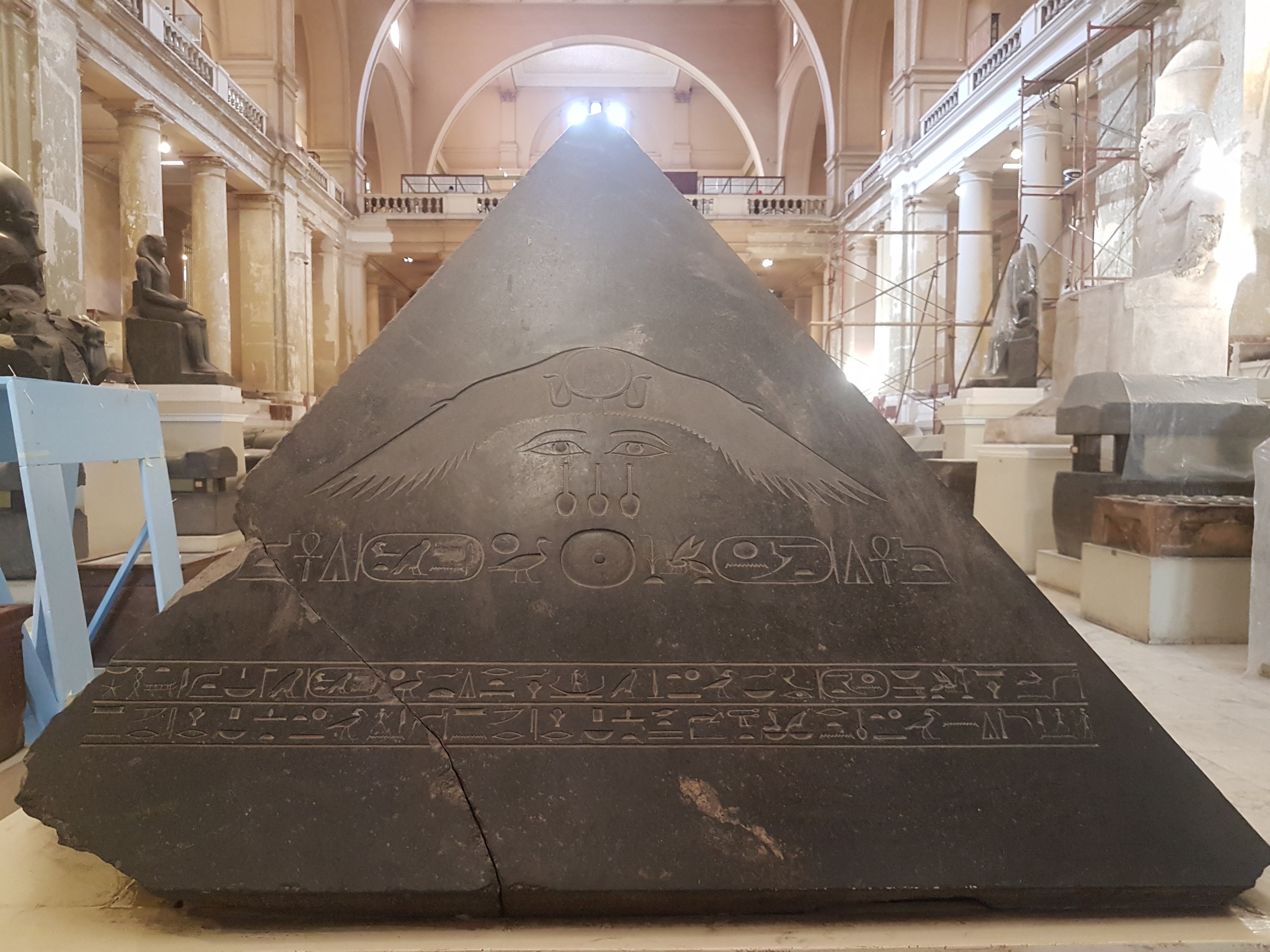
No matter that I have read and watch too many books and documentaries on Ancient Egypt to even contemplate counting I still couldn’t dream of scratching the surface of even a fraction of what is displayed in the museum so I will let the pictures do the talking. Not all are labelled…but neither are they at the museum ?
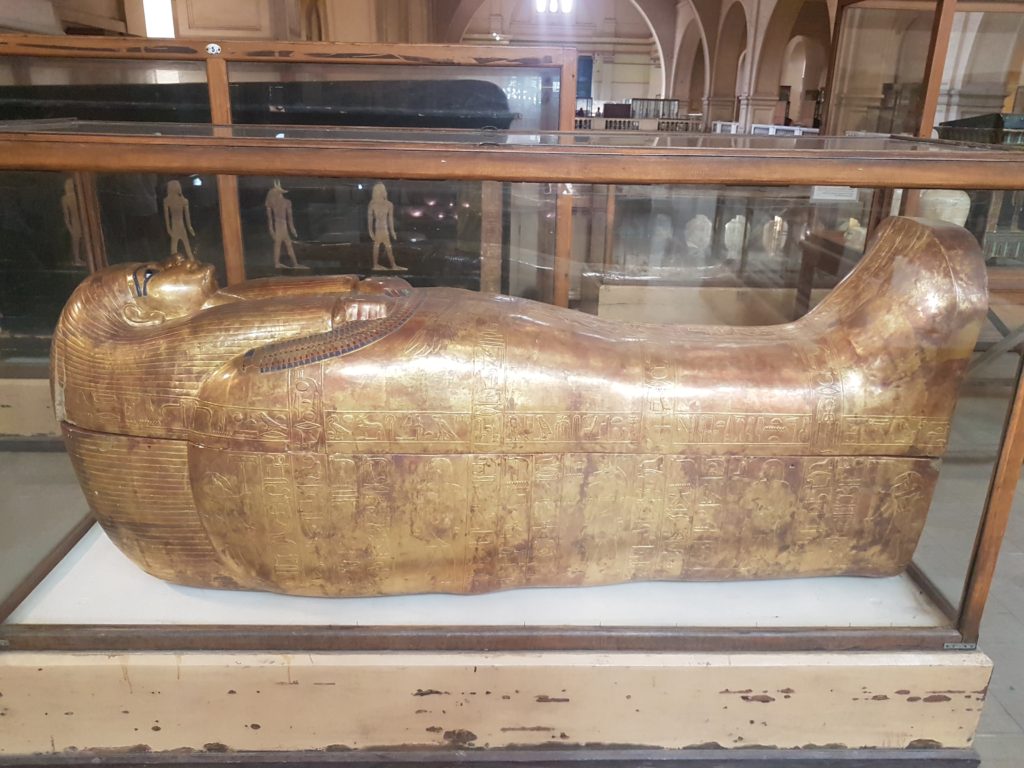
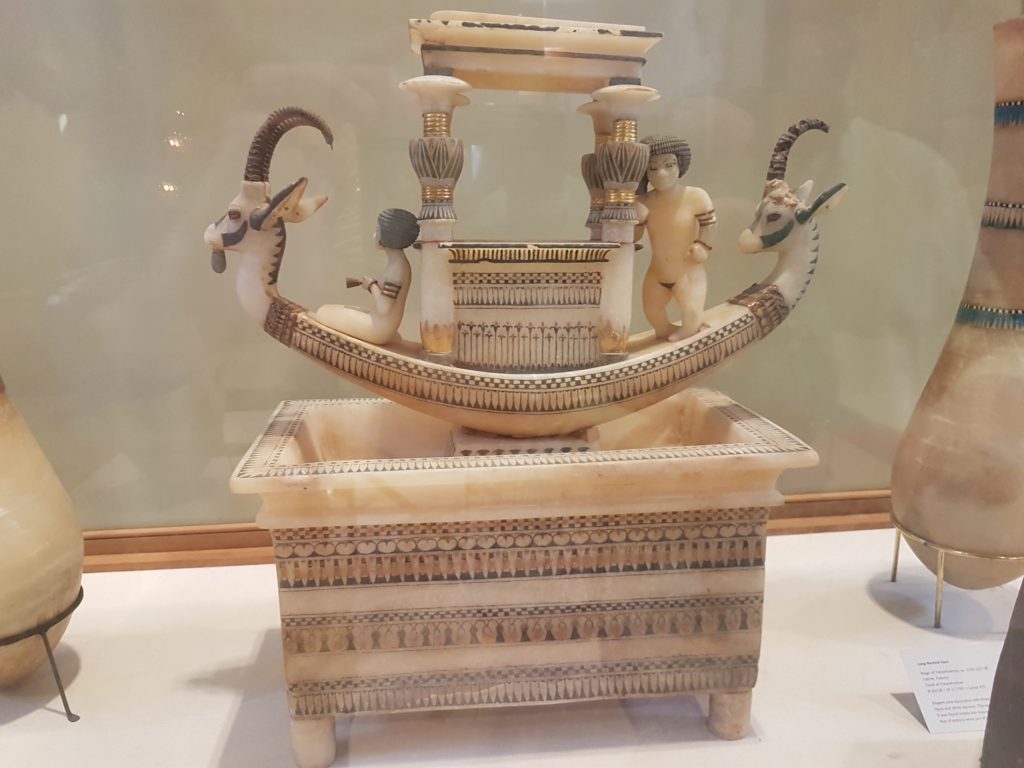
My next stop was Dahshur, the birthplace of the pyramids, or if you missed part 1 of my Cairo visit check the second link:

Once again a good read as well as some good pics